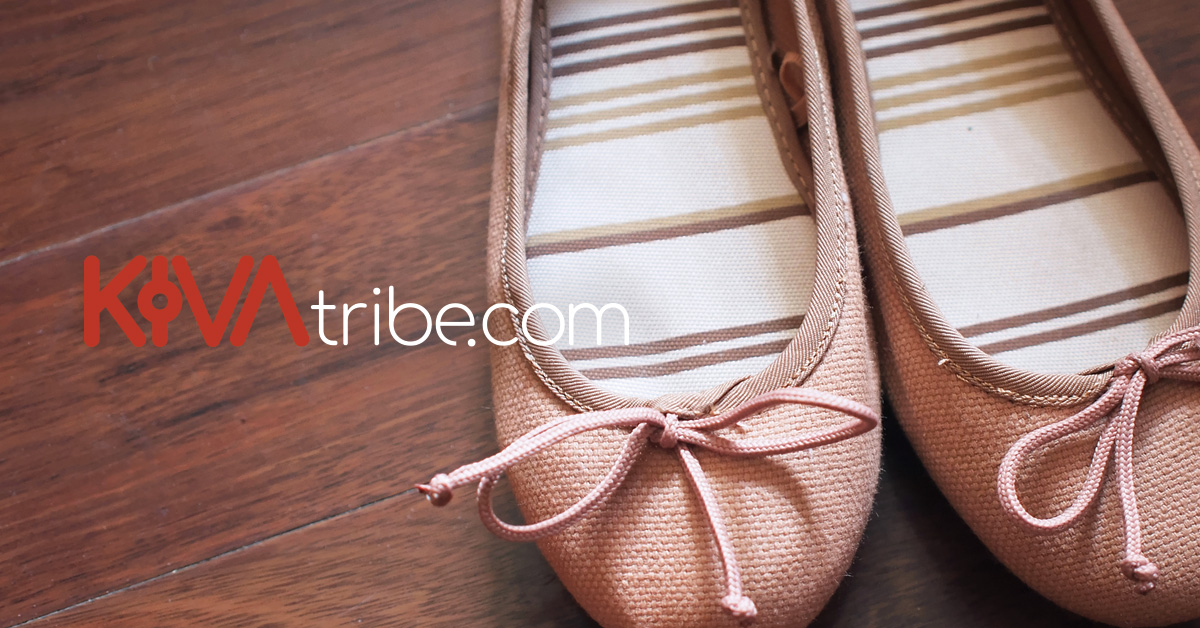
What are Zero Drop Shoes?
Zero drop shoes have a zero drop sole. That’s when the height of the sole is the same all the way from toes to heel. In other words – flat.
You’re probably thinking “anything except high heels then”…actually, no. Look a little closer and you’ll start to notice that many of the shoes you thought were flat actually have a small heel.
Sports shoes, men’s dress shoes, children’s shoes, sandals, even some shoes called ‘flats’ actually have a tiny heel!
Heels Have Inherent Health Risks
Many of us have heard that high heels are bad, although you may not know the specifics. Research shows that wearing heels increases your risk of bunions, musculoskeletal pain and injuries, and the higher the heel, the greater the risk.¹

Podiatrists report a much wider range of conditions including hammer toes, ingrown toenails, corns, plantar fasciitis, knee pain, hip problems, back pain, neck pain, headaches, and even digestive issues.
In fact, more and more people are choosing to avoid heels in favour of more comfortable footwear².
Hidden Heels
The problem is that many shoes considered to be comfortable, healthy, and flat are actually not flat at all, and what we think are healthier shoes may not be.

Our bodies are designed to function in a zero drop position, so high heels cause significant changes to our physical alignment in an attempt by the body to continue functioning under difficult conditions.
This changes the way forces are applied to the body and the way the musculoskeletal system functions, increasing the risk of a range of health conditions. (Read more in our post Are High Heels Bad for Your Feet?)
So it’s easy to see that any increase in heel height, no matter how small, will affect the way the musculoskeletal system functions, with potential for harm over time.
Podiatrist and barefoot advocate Paul Thompson, explains that even small heels affect alignment at the hips, inhibit glute muscle function, shorten tendons, weaken our arch, and affect the stability of the big toe.³
Dr Ray McClanahan, podiatrist, adds to this that heel elevation causes shortened calf muscles which contribute to a flattened arch and excessive pronation.⁴
Disappointing that many sports shoe manufacturers add motion control technologies to their shoes (essentially shaping of the arch support that prevents excessive pronation or supination) when removing the heel elevation would probably solve the problem without health risks.
Toe Spring
Another feature you may not have noticed in your shoes is toe spring. This is the elegant upturn of the sole at the toe end of the shoe.
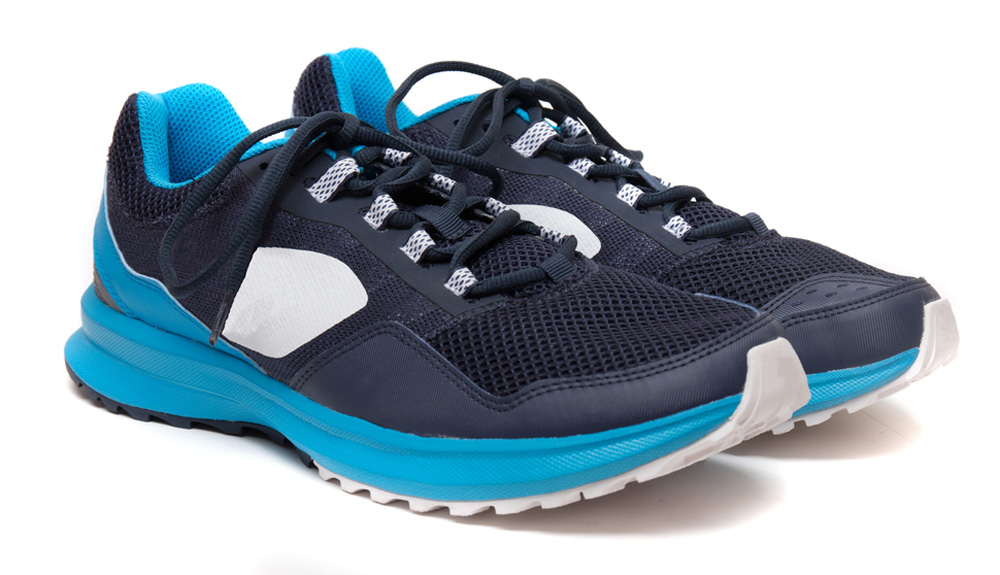
It looks pretty in photos, and helps the foot to roll forward during walking that is inhibited by thick and stiff soles, but it also holds the toes in an unnaturally raised position.
Paul Thompson explains that this encourages the foot to ‘lock up’ rather than stay flexible to cope with the demands of walking, and it stretches the soft tissues underneath the foot whilst shortening the tissues on top of the foot, contributing to weakened arches and hammer toes.⁵
Are Zero Drop Shoes the Solution?
Well, yes…and no. Any zero drop shoe will obviously eliminate heel elevation and toe spring, but not all zero drop shoes are healthy.

Whilst a zero drop shoe has a flat sole, it may also have other features that affect alignment and gait with increased risk of health problems.
Dr McClanahan explains that pointy toed shoes also cause trouble, by affecting blood flow, nerve function, balance and arch strength, which can lead to plantar fasciosis and bunions.⁶ He explains that when the big toe is not correctly aligned, the arch muscles are deactivated, leading to weak arches. He also notes that thick and stiff soles, limit the foot’s ability to flex properly, by between 30-80%.⁷
Katy Bowman, biomechanist, also identifies loose fitting shoes as problematic, as it triggers the tendency to grip with the toes, which affects balance, arch strength, and gait.⁸
Barefoot Shoes Solve These Problems
There is a specific type of zero drop shoe that does tick all the boxes in order to minimise the effects of shoe wearing on our alignment and gait, therefore minimising the risk of health problems as a result. On this site, we refer to them as ‘barefoot’ shoes, to indicate the intention of getting as close to barefoot as possible.
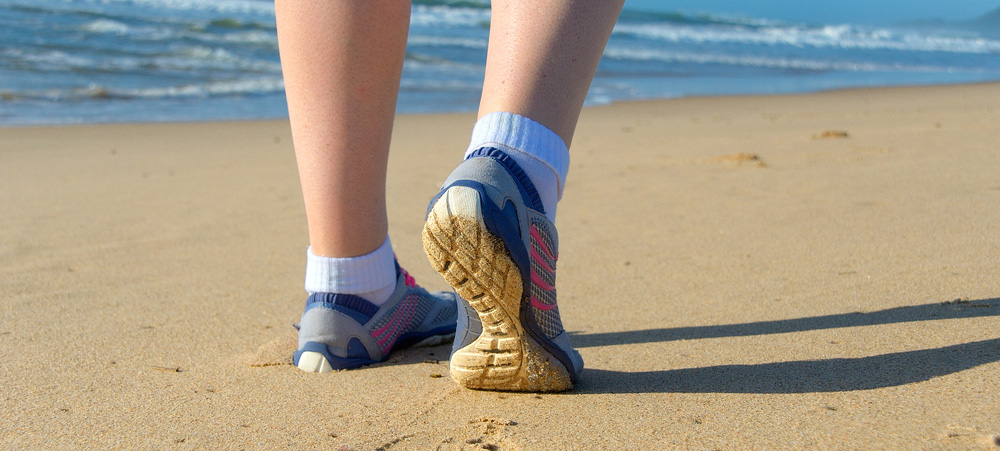
In other places on the internet you might see them called minimalist shoes. Unfortunately there are no formally agreed definitions for these terms, which means that to really be sure you’re buying health shoes, you need to check for a range of features, most of which we’ve mentioned in this article.
To get more detail, take a look at our articles What Are Barefoot Shoes? and Barefoot Shoe Shopping Guide.



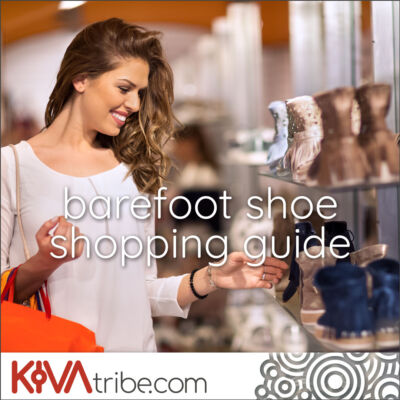
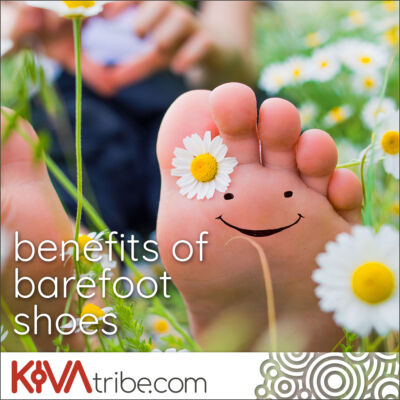
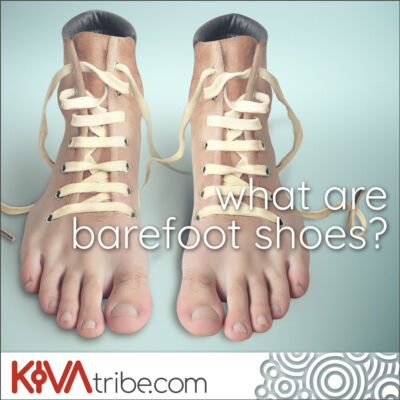
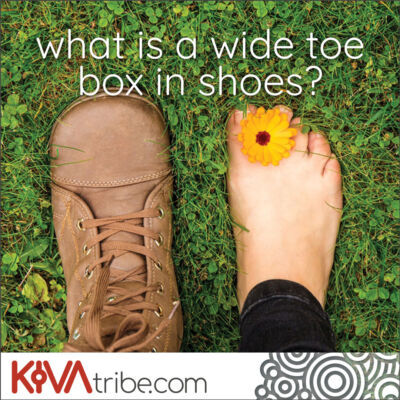
Get Social…